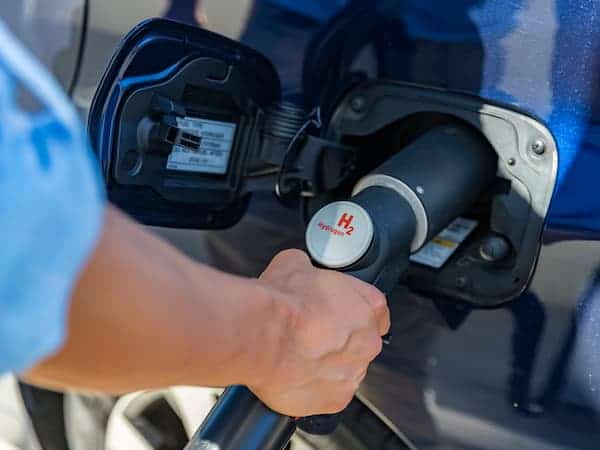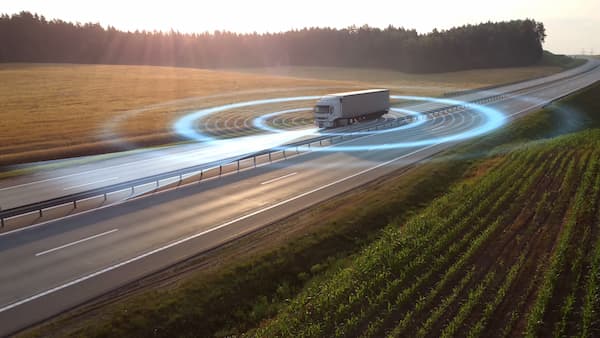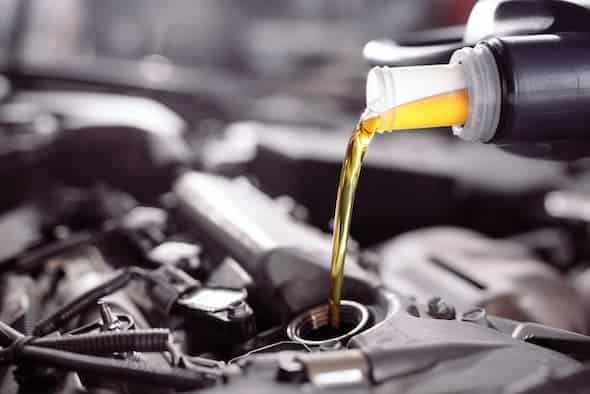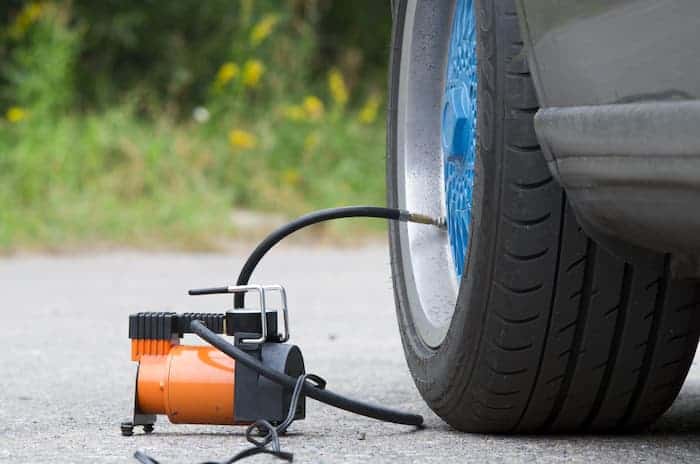Have you ever wondered what could happen if you accidentally left your car running while refueling at a gas station? It’s a question that has crossed the minds of many drivers. In this article, we will explore the potential risks and consequences of pumping gas with the car still running, shedding light on the science behind fueling procedures and the dangers associated with fuel vapors. So, let’s dive in and uncover what could go wrong if you make this common mistake.
Table of Contents
ToggleUnderstanding Fueling Procedures
When you pull up to a gas station, it’s essential to understand the proper fueling procedures. Fuel pumps are designed to safely transfer gasoline from the dispenser to your vehicle’s fuel tank. However, there is one crucial step that should never be overlooked.
The Importance of Turning Off the Engine
Before you start fueling, always remember to turn off your engine. This is not just a precautionary measure; it’s a vital safety step. Let’s explore why.
The Dangers of Fuel Vapors

Gasoline vapors are highly flammable and can ignite with just a spark or an open flame. Even a small amount of vapor can lead to a dangerous situation. This is where the risk lies when pumping gas with the car still running.
Flammability and Explosive Risks
Fuel vapors are volatile and can create a highly flammable atmosphere around the gas pump. The heat generated by the engine, electrical sparks, or even a lit cigarette can trigger an ignition, resulting in a potentially catastrophic fire or explosion. Turning off the engine eliminates the potential ignition source and greatly reduces the risk.
Health Hazards Associated with Fuel Vapors
In addition to the flammability risks, fuel vapors can also pose health hazards. Prolonged exposure to gasoline vapors can cause dizziness, nausea, headaches, and more severe health issues. Protecting yourself and others from these harmful fumes is crucial.
Potential Consequences of Pumping Gas with the Car On

Now that we understand the risks associated with fuel vapors, let’s explore the potential consequences of pumping gas with the car still running.
Increased Risk of Fire Incidents
Leaving your engine running while fueling significantly increases the risk of fire incidents. The combination of fuel vapors, heat from the engine, and potential sparks from electrical components creates a hazardous environment. All it takes is one spark to ignite the fuel vapors and turn a routine refueling into a dangerous situation.
Damage to the Vehicle’s Fuel System
Continuously running the engine while fueling can have adverse effects on your vehicle’s fuel system. The constant flow of fuel through the system can lead to overheating and premature wear of fuel pump components. This can result in decreased fuel efficiency, reduced engine performance, and even potential damage to the emission control system.
Environmental Impact
Pumping gas with the car still running not only poses risks to personal safety but also has environmental consequences. Fuel vapors released into the air contribute to air pollution and can harm the quality of the environment we live in. Being mindful of these consequences is essential for a greener and cleaner future.
Precautions and Best Practices
To ensure your safety and the safety of others, here are some crucial precautions and best practices to follow when refueling your vehicle.
Always Turn Off the Engine
Make it a habit to turn off your engine before refueling. This simple step significantly reduces the risk of fire and helps protect yourself, fellow customers, and gas station personnel.
Avoid Smoking or Using Open Flames
Smoking while refueling is an absolute no-no. The ignition potential from a lit cigarette can have disastrous consequences. Similarly, avoid using open flames, such as matches or lighters
near the fueling area. Even a small spark from an open flame can ignite the fuel vapors, leading to a dangerous fire.
Maintain Proper Ventilation
When refueling, ensure that there is adequate ventilation in the area. Avoid fueling in enclosed spaces such as garages, as the accumulation of fuel vapors can create a more hazardous environment. Opt for open areas where the vapors can disperse easily.
Grounding the Vehicle
Before you start refueling, touch a metal part of your vehicle to ground yourself and minimize the risk of static electricity discharge. Static electricity can create sparks that could potentially ignite the fuel vapors, so grounding yourself helps prevent this.
Common Misconceptions
Let’s debunk some common misconceptions surrounding the act of pumping gas with the car on.
Will a Running Car Explode at the Gas Pump?
Contrary to popular belief, the chances of a running car exploding at the gas pump are extremely low. However, it’s essential to note that the risk of a fire incident is still significant. It’s always better to err on the side of caution and turn off the engine to ensure everyone’s safety.
Can Fueling with the Engine On Damage the Vehicle’s Electronics?
Fueling your car with the engine running does not typically cause direct damage to the vehicle’s electronics. However, it’s still recommended to turn off the engine as a safety measure. Additionally, some modern vehicles have electronic systems that may interact with the fueling process, so it’s best to follow the manufacturer’s guidelines.
Conclusion
In conclusion, pumping gas with the car on is a risky practice that should be avoided. The combination of flammable fuel vapors, potential ignition sources, and the hazards they pose to personal safety cannot be underestimated. Turning off the engine before fueling is a simple yet crucial step that significantly reduces the risk of fire incidents and protects both individuals and the environment. By following proper fueling procedures, observing safety precautions, and staying informed about the potential dangers, you can ensure a safe refueling experience every time.
Using a cell phone while pumping gas is generally considered safe. However, it’s still recommended to follow the gas station’s guidelines, as distractions can lead to accidents or fuel spills.
It’s best to consult the specific guidelines provided by the gas station and the vehicle manufacturer. However, as a general rule, it’s recommended to turn off the engine to minimize risks.
Both diesel fuel and gasoline can pose risks when pumping with the car on. It’s essential to follow the same safety precautions regardless of the fuel type.
While there may be specific circumstances where exceptions apply, such as emergency situations, it’s generally recommended to always turn off the engine for safety purposes.
Fueling with the car on does not typically cause damage to the gas pump. However, it’s crucial to prioritize safety by following the recommended fueling procedures and guidelines provided by the gas station.
Remember, your safety and the safety of those around you should always be the top priority when refueling your vehicle.




